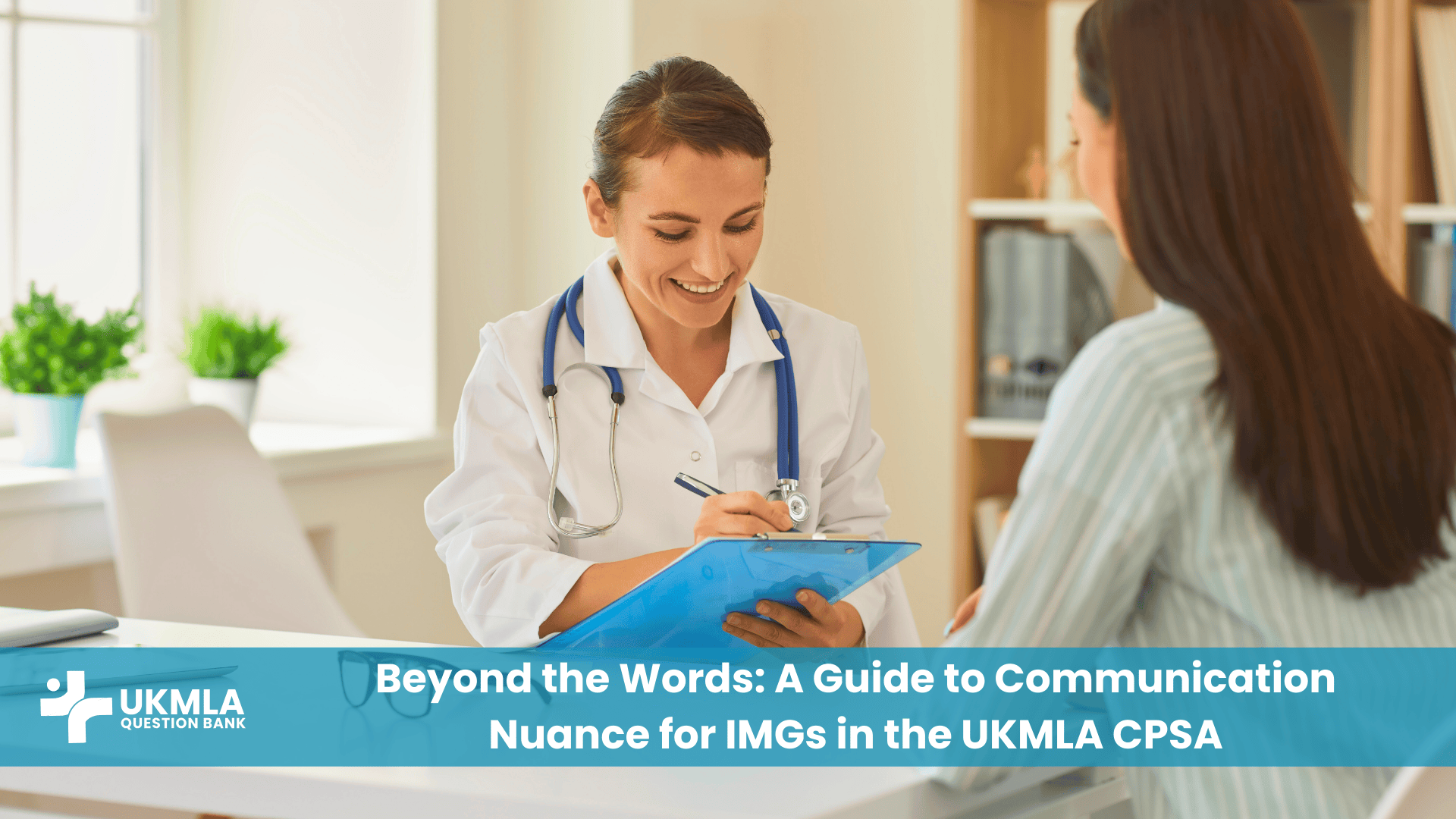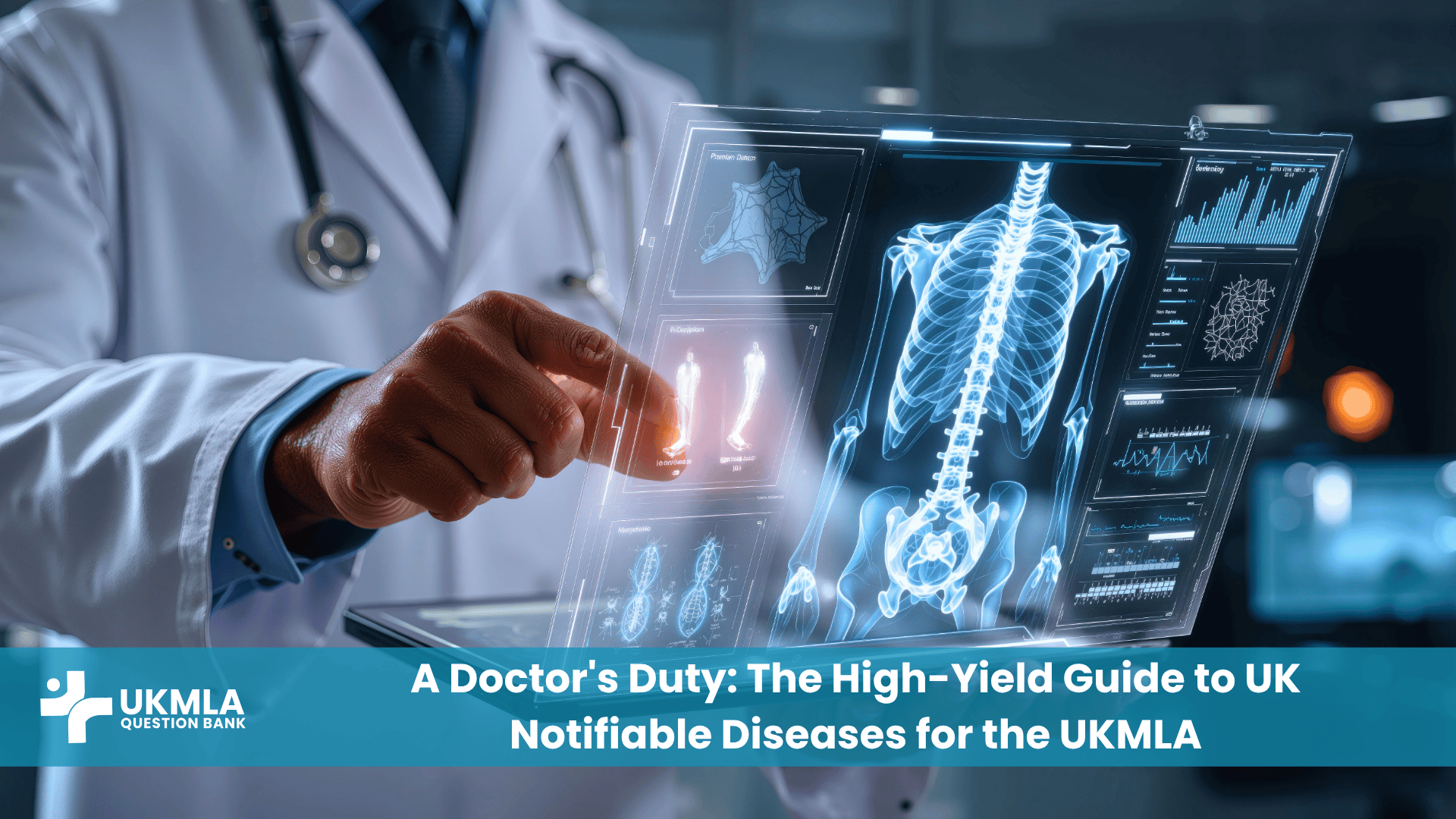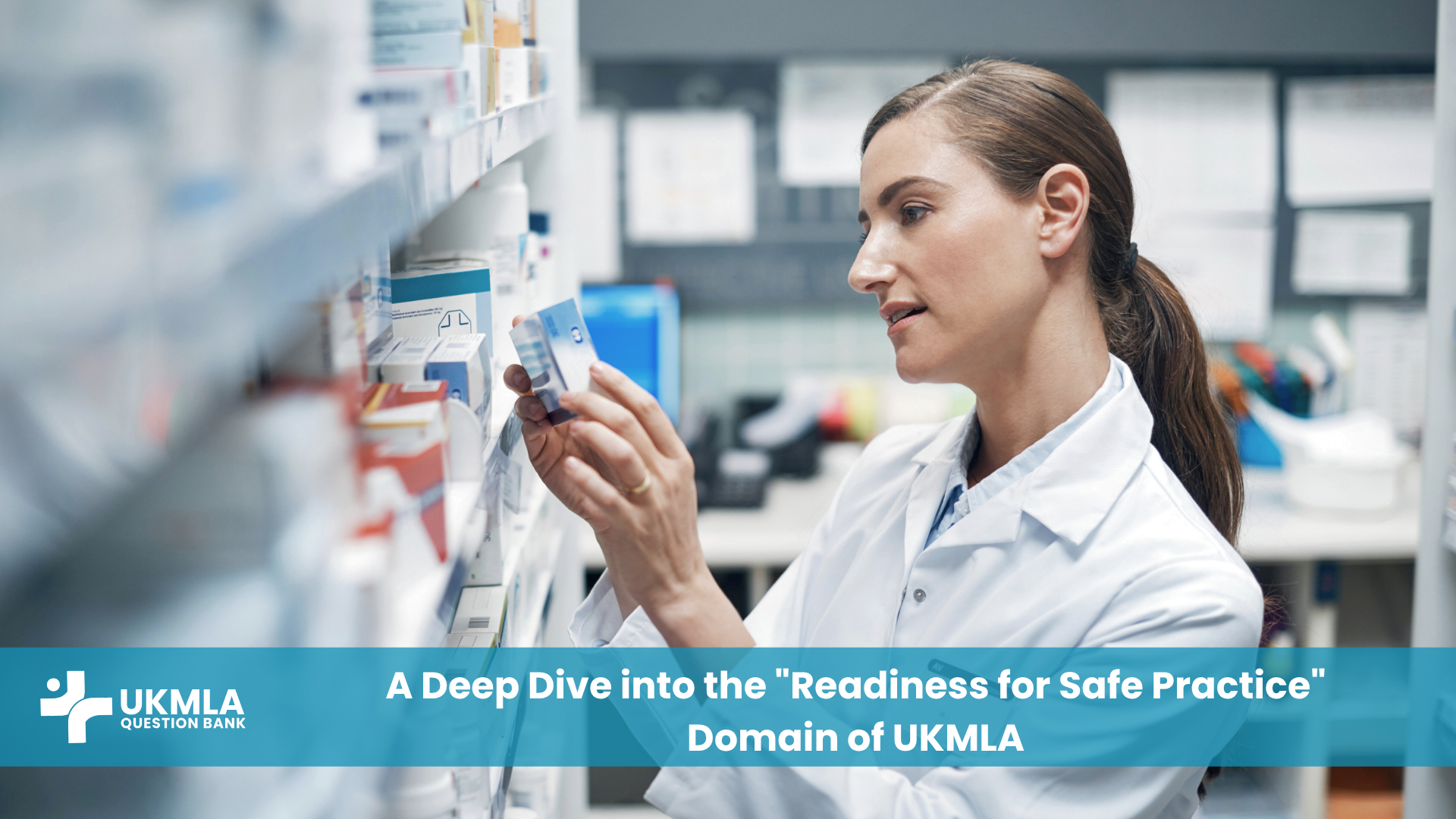Introduction
CPSA communication skills for IMGs are a critical component of the UKMLA, often proving to be a more significant challenge than the clinical knowledge itself. For many International Medical Graduates, the transition to the UK’s healthcare environment involves navigating a complex web of cultural and linguistic subtleties. You have the medical expertise, but demonstrating your ability to connect with patients, show empathy, and guide conversations with a delicate touch is what the CPSA is designed to assess. This is not just about being polite; it’s about demonstrating a deep, ingrained understanding of patient-centred care as practiced in the UK.
While resources that explain the exam format, like our guide to the UKMLA CPSA Explained: Format, Stations, and Assessment Criteria, are essential, this article focuses on the art of nuance. We will deconstruct the subtle verbal and non-verbal cues that assessors look for and provide you with actionable strategies to build rapport and communicate with confidence. Mastering these subtle aspects can be the key differentiator between a pass and a failure.
Table of Contents
ToggleMastering CPSA Communication Skills for IMGs: A Guide to Nuance
Why Nuance Matters More Than You Think
Effective communication in a clinical setting is the bedrock of patient safety and trust. It’s not an optional soft skill; it is a core clinical competency. The General Medical Council (GMC) heavily emphasizes this in its foundational guidance.
Good medical practice, the GMC’s core guidance, states: “You must listen to patients, take account of their views, and respond honestly to their questions. You must give patients the information they want or need in a way they can understand.”
This principle is the lens through which your CPSA performance is viewed. Assessors are not just ticking boxes; they are evaluating the quality of the doctor-patient relationship you build in those few minutes. A failure in communication nuance can lead to a perceived lack of empathy, poor information gathering, and an inability to form a partnership with the patient, all of which are critical failures. Your ability to communicate effectively is directly linked to your understanding of professionalism and patient safety in the CPSA.
The 5 Key Nuances to Master
Mastering communication for the CPSA involves focusing on five key areas where nuance makes a significant difference.
Nuance 1: Active Listening and Strategic Pauses
Active listening is a technique that requires you to fully concentrate on, understand, and remember what the patient is saying. It is a world away from passive hearing while you plan your next question.
Techniques: Use reflective statements like, “So, it sounds like the main thing worrying you is…” to show you’re processing their concerns. Paraphrase their key points to confirm understanding.
The Power of the Pause: Don’t be afraid of silence. After asking an open-ended question, pausing for a few seconds gives the patient space to think and often reveals more detailed information. It also shows you are patient and attentive.
Common Pitfall: A frequent mistake is “reassurance blocking,” where a doctor prematurely says “don’t worry” before fully understanding the patient’s fears. This can shut down the conversation.
Nuance 2: Reading and Using Non-Verbal Cues
What you don’t say is just as important as what you do. Assessors will be watching how you and the patient interact physically.
Your Body Language: Maintain an open posture (uncrossed arms and legs), lean in slightly to show engagement, and nod to encourage the patient. Appropriate eye contact is key—it should be consistent enough to show you’re listening but not so intense that it becomes a stare.
Patient’s Cues: Notice if the patient is avoiding eye contact, wringing their hands, or has a tense posture. Acknowledging this gently (“I can see this is difficult for you to talk about”) can be a powerful way to build rapport.
Common Pitfall: A mismatch between verbal and non-verbal cues. Saying you understand while looking at your notes or the clock sends a conflicting and negative message.
Nuance 3: The Art of Empathetic Language
Empathy is the ability to understand and share the feelings of another. In the CPSA, demonstrating this requires specific, targeted language that goes beyond simple sympathy.
Table 1: Moving from Sympathy to Empathy
| Instead of This (Sympathy) | Try This (Empathy) | Why It Works |
| “I’m sorry to hear that.” | “That sounds like a very difficult and worrying experience.” | It names the emotion (worry) and validates their specific experience. |
| “Oh, that’s not good.” | “It must be frustrating to have this pain when you have so much to do.” | It connects the symptom (pain) to its impact on their life (frustration). |
| “I understand.” | “I can see how that would make you feel anxious about the future.” | It shows you’ve listened to the underlying fear, not just the medical facts. |
Using these empathetic phrases shows you are treating the person, not just the illness.
Nuance 4: Navigating British Cultural Context
For many IMGs, this can be the most challenging area. UK communication is often less direct than in other cultures.
Collaboration over Instruction: Frame your management plan as a shared decision. Instead of “You need to take this,” try “I think a good next step would be to try this medication. How would you feel about that?”
Understanding Understatement: Be aware that patients may downplay their symptoms. Phrases like “it’s a bit of a bother” could describe significant pain. Gentle, probing questions are key.
Politeness and Jargon: Always use polite language (“please,” “thank you”). Crucially, avoid complex medical jargon. Explaining things in simple, clear terms is a core value, as outlined in The NHS Constitution for England.
Nuance 5: Structuring the Consultation with Signposting
Signposting is the use of verbal cues to structure the consultation. It helps the patient follow your thought process and makes the interaction feel organized and respectful. This is a vital part of effective history taking in the CPSA.
Opening: “Hello, my name is Dr. [Name]. I understand you’ve come in today to talk about… First, I’d like to ask some questions to get a clear picture, then we can discuss a plan. How does that sound?”
Transitioning: “Thank you for sharing that. Now, if it’s okay, I’d like to ask some questions about your general health.”
Closing: “Just to summarize, we’ve discussed… and our plan is to… Do you have any questions for me?”
How to Practice and Perfect Your Skills
Theory is not enough. You must actively practice these nuanced skills.
Record Yourself: Use your phone to record video of you practicing mock stations. It can be uncomfortable to watch, but it is the single most powerful tool for identifying your own communication habits, both good and bad.
Find a Practice Partner: Work with a colleague, ideally someone familiar with the UK system. Practice a range of scenarios, including challenging scenarios for the UKMLA CPSA.
Use a Feedback Framework: When giving and receiving feedback, focus on specific examples. Instead of “you were good,” try “The way you paused after she mentioned her fears was really effective because it allowed her to open up.”
Table 2: A Simple Framework for Breaking Bad News (SPIKES)
| Step | Action | Example Phrase |
| S – Setting | Prepare the environment. Ensure privacy and comfort. | “Please, have a seat. Is there anyone you’d like me to call to be here with you?” |
| P – Perception | Ask what the patient already knows or suspects. | “Before we go any further, could you tell me what you understand about the tests so far?” |
| I – Invitation | Ask how much information the patient wants to know. | “Are you the sort of person who likes to know all the details, or would you prefer I just give you an overview?” |
| K – Knowledge | Give a “warning shot” before delivering the news clearly. | “I’m afraid the news isn’t what we were hoping for. The results show that…” |
| E – Emotions | Respond to the patient’s emotions with empathy. | “I can see this is a huge shock. It’s completely understandable to feel that way.” |
| S – Strategy | Summarize and discuss the plan for what happens next. | “I want you to know we are here to support you. Let’s talk about the next steps…” |
Frequently Asked Questions (FAQ) about CPSA Communication for IMGs
Communication skills are a fundamental aspect of the CPSA and are integrated into the assessment of all domains. While there isn’t a specific “communication skills” score, poor communication can negatively impact your overall performance in any station.
Common pitfalls include using overly direct language, interrupting patients, not actively listening to their concerns, using excessive medical jargon, and missing subtle non-verbal cues.
Engaging in conversations with UK natives, watching UK television and films, and paying attention to how healthcare professionals communicate with patients during placements or observations can be helpful.
While maintaining a professional demeanor is crucial, adopting a collaborative and patient-centered approach is generally favored over excessive formality. Use clear, accessible language and avoid overly casual language.
Focus on acknowledging the patient’s specific feelings and experiences. Use phrases that reflect your understanding of their situation, such as “That must be frustrating for you” or “It sounds like you’ve been dealing with this for a while.”
Politely ask for clarification. Phrases like “Could you please say that again?” or “I just want to make sure I’ve understood correctly…” are appropriate. Avoid pretending to understand if you don’t.
Appropriate eye contact is important as it conveys attentiveness and engagement. However, be mindful of cultural differences and avoid staring, which can make some patients uncomfortable.
While being patient-centered is key, you should always provide your professional medical opinion. If you disagree with a patient’s suggestion, explain your reasoning clearly and respectfully.
Try to focus fully on what the patient is saying in the moment. Make brief mental notes of key information rather than trying to formulate your next question while they are still speaking. Strategic pauses can also give you time to gather your thoughts.
Using signposting phrases, summarizing the patient’s concerns, and explicitly checking their understanding (“Have I answered your questions?”, “Is there anything else you’d like to discuss?”) are all highly valued.
Conclusion
Mastering CPSA communication skills for IMGs is an achievable and vital step towards success in the UKMLA and in your future medical career in the UK. By focusing on the nuances of active listening, non-verbal cues, empathetic language, cultural context, and consultation structure, you can move beyond simply conveying information to building meaningful and effective patient relationships. Remember that these skills are not innate talents but can be honed through deliberate practice and feedback.
Embrace the opportunity to refine your communication, and you will be well-prepared to excel in the CPSA and thrive as a doctor in the UK. This investment in your communication skills will pay dividends throughout your entire career, fostering better patient outcomes and a more rewarding professional life.




